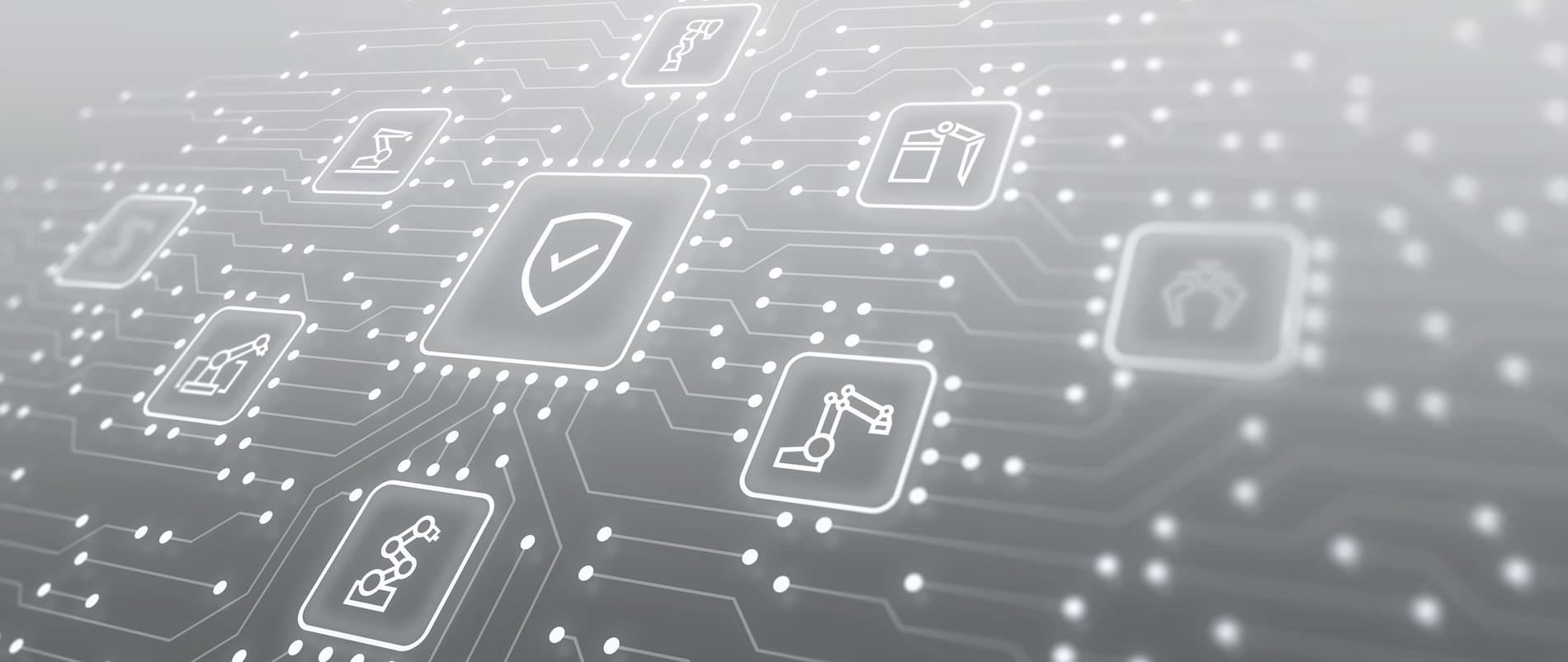Blitz News Digest
Stay updated with the latest trends and insights.
Firewalls: The Unsung Heroes of the Internet
Discover how firewalls protect your digital life! Uncover the hidden heroes keeping your data safe online. Click to learn more!
Understanding Firewalls: What They Are and How They Protect You
Firewalls are essential security devices or software designed to monitor and control incoming and outgoing network traffic based on predetermined security rules. At their core, firewalls create a protective barrier between a trusted internal network and untrusted external networks, such as the Internet. They act as gatekeepers, allowing legitimate traffic to pass while blocking malicious or harmful data packets. By examining data passing through, firewalls help to prevent unauthorized access and protect sensitive information from cyber threats.
There are several types of firewalls, including packet filtering, stateful inspection, and proxy firewalls. Packet filtering firewalls inspect packets individually, while stateful inspection firewalls keep track of the state of active connections and make decisions based on the context of traffic. Proxy firewalls act as intermediaries, retrieving data on behalf of users and providing an additional layer of security. Implementing a firewall is a critical step in maintaining network integrity and should be an integral part of any cybersecurity strategy.

The Evolution of Firewalls: From Simple Filters to Advanced Threat Protection
The evolution of firewalls has been a remarkable journey, transitioning from basic packet filtering mechanisms to sophisticated systems capable of advanced threat protection. In the early days of networking, firewalls primarily served as a simple barrier, blocking or allowing traffic based on predefined rules. These simple filters often relied solely on IP addresses and port numbers, making them somewhat limited in their ability to recognize malicious payloads or complex attack methods. However, as threats became more advanced, the need for more robust solutions led to the development of stateful firewalls, which could monitor the state of active connections and make more informed decisions based on context.
Today, modern firewalls incorporate a variety of technologies and techniques to enhance their defensive capabilities. For instance, next-generation firewalls (NGFW) go beyond traditional functions by integrating intrusion prevention systems (IPS), application awareness, and advanced threat intelligence to provide comprehensive security. These firewalls analyze traffic at deeper layers of the OSI model, allowing them to detect and mitigate sophisticated attacks in real-time. The focus has now shifted from merely blocking unwanted traffic to proactively defending against advanced threats, ensuring organizations are better equipped to handle the evolving landscape of cybersecurity challenges.
Are Firewalls Enough? Exploring the Layered Approach to Internet Security
In today's digital landscape, the question arises: Are firewalls enough to safeguard your online presence? While firewalls provide a fundamental layer of protection by monitoring incoming and outgoing traffic, relying solely on this measure can leave your systems vulnerable. A firewall acts as a barrier between trusted and untrusted networks, but sophisticated cyber threats can bypass this first line of defense. Therefore, it is crucial to adopt a layered approach to Internet security, which encompasses multiple defensive strategies beyond just firewalls.
The layered approach to Internet security involves incorporating various protective measures, such as antivirus software, intrusion detection systems, and regular software updates. Each layer serves a unique purpose, working in tandem to create a robust defense against cyber threats. For instance, implementing multi-factor authentication can further secure access to sensitive information, while educating users about phishing attacks can reduce the likelihood of human error. By combining these strategies, organizations can significantly enhance their overall security posture and ensure that a single point of failure does not compromise their data integrity.